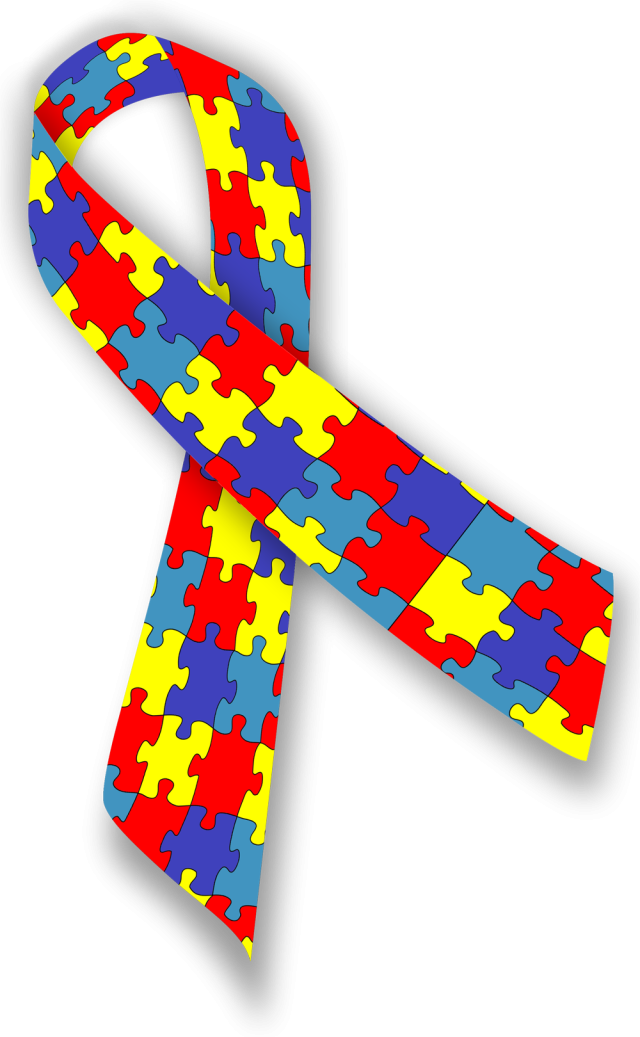Welcome to our blog, where we explore the complex and fascinating world of Autism Spectrum Disorder (ASD). Join us as we delve into the definition, characteristics, causes, diagnosis, and strategies for supporting individuals with ASD. Together, let us promote understanding, acceptance, and inclusivity for people on the autism spectrum.
Understanding Autism Spectrum Disorder:
1.1 Definition and Spectrum:
Defining Autism Spectrum Disorder as a neurodevelopmental condition characterized by challenges in social interaction, communication, and repetitive or restricted patterns of behavior.
Exploring the diverse range of abilities and characteristics within the autism spectrum, highlighting the term “spectrum” and its implications.
1.2 Diagnostic Criteria and Early Signs:
Discussing the diagnostic criteria outlined in the Diagnostic and Statistical Manual of Mental Disorders (DSM-5) for ASD.
Addressing the early signs and red flags that may indicate the presence of ASD in infants and young children.
Characteristics and Challenges:
2.1 Social Interaction and Communication:
Exploring the social challenges faced by individuals with ASD, such as difficulties in understanding nonverbal cues, maintaining eye contact, and engaging in reciprocal conversations.
Discussing communication differences, including delayed language development, echolalia, and challenges with pragmatic language skills.
2.2 Sensory Sensitivities:
Addressing the sensory sensitivities experienced by individuals with ASD, such as hypersensitivity or hyposensitivity to certain sounds, sights, textures, tastes, or smells.
Discussing the impact of sensory sensitivities on daily functioning and strategies for managing sensory overload.
2.3 Repetitive Behaviors and Special Interests:
Exploring the presence of repetitive behaviors, such as repetitive movements (stimming), adherence to routines, or intense interests in specific topics.
Discussing the role of special interests in promoting engagement, learning, and individual strengths.
Causes and Current Research:
3.1 Genetic and Environmental Factors:
Addressing the current understanding of the genetic and environmental factors that contribute to the development of ASD.
Discussing the ongoing research exploring the complex interplay between genetic predisposition and environmental influences.
3.2 Neurodiversity and Brain Differences:
Introducing the concept of neurodiversity and recognizing the unique strengths and perspectives of individuals with ASD.
Discussing the brain differences and atypical neural connectivity associated with ASD.
Support and Interventions:
4.1 Early Intervention:
Highlighting the importance of early intervention for children with ASD, including structured therapies, individualized education programs, and interventions targeting social and communication skills.
Discussing the benefits of early identification and access to appropriate services.
4.2 Educational Strategies:
Addressing effective educational strategies for individuals with ASD, such as visual supports, structured routines, and specialized teaching methods.
Discussing inclusive education practices and the importance of creating supportive learning environments.
4.3 Therapeutic Approaches:
Discussing various therapeutic approaches that can benefit individuals with ASD, such as Applied Behavior Analysis (ABA), speech and language therapy, occupational therapy, and social skills training.
Highlighting the importance of individualized and evidence-based interventions.
Promoting Acceptance and Inclusion:
5.1 Autism Acceptance:
Emphasizing the importance of shifting from mere awareness to acceptance of autism, embracing neurodiversity, and challenging stigmatizing attitudes and misconceptions.
Discussing the significance of promoting a culture that values and respects the unique strengths and perspectives of individuals with ASD.
5.2 Creating Inclusive Environments:
Addressing strategies for creating inclusive environments that accommodate the needs and strengths of individuals with ASD, such as sensory-friendly spaces, clear communication, and fostering understanding among peers.
5.3 Advocacy and Support:
Highlighting the role of advocacy organizations, support groups, and community resources in providing information, support, and empowerment to individuals with ASD and their families.
Discussing the importance of fostering a supportive network and promoting self-advocacy for individuals on the autism spectrum.
Conclusion:
As we conclude our exploration of Autism Spectrum Disorder, it is crucial to foster understanding, acceptance, and support for individuals on the autism spectrum. By promoting inclusive environments, implementing effective interventions, and embracing the diverse strengths and perspectives of individuals with ASD, we can create a world that celebrates neurodiversity and provides equal opportunities for all. Let us stand together, advocate for inclusion, and work towards a future where individuals with ASD thrive and contribute to society in their unique and meaningful ways.





















